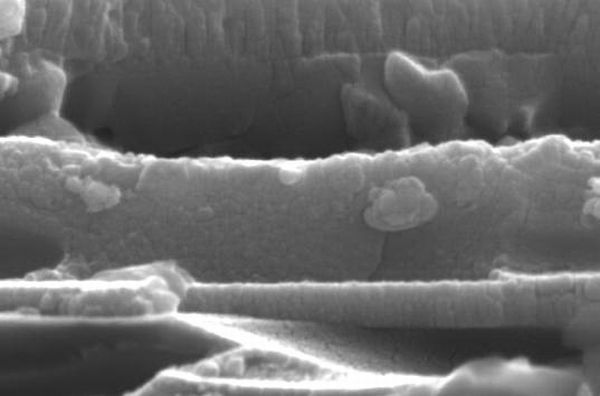
At the Oregon State University, some engineers have developed a new technique whereby CIGS solar devices could be created with inkjet printing. The technique would reduce the wastage of raw material by 90 percent leading to a much cheaper production of solar cells. These cheaper solar devices created through inkjets would not only be produced at a faster pace, but would also give huge performance. Such solar devices would be much sleeker and, of course, significantly cheaper.
A patent for this invention has already been applied for. However, the discovery requires further research in order to enhance the efficiency of solar cells. The major feature or advantage of developing solar cells through inkjet printing is the huge amount of raw material that would be spared from wastage from the existing process of vapor phase deposition of chemical compounds on a substrate. The conventional process is much more expensive too.
Some of the raw materials used in developing advanced solar cells are very expensive, like indium. Furthermore, the wastage generally amounts to a huge cost and this is where the inkjet technique minimizes the waste to almost zero. CIGS is the highly-efficient solar compound that is composed from indium, copper, selenium and gallium elements and is also known as chalcopyrite. A single layer of chalcopyrite that is about 1-2 microns thick has the capacity to retrieve energy from photons with as much efficiency as a silicon layer that is 50 micron thick.
Via: PhysOrg




